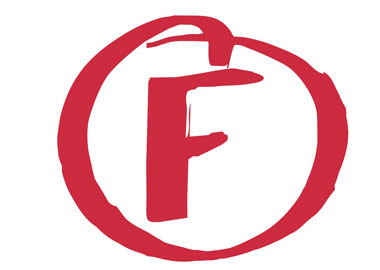While Gov. Bill Lee’s Administration is off discussing potential changes to state’s funding formula for schools (the BEP), a joint report from the Southern Poverty Law Center and Education Law Center indicates there’s a lot of room for growth. It’s not just how the funds are allocated, it’s also about how much – turns out, Tennessee is near the bottom in the nation when it comes to things like funding level and funding effort – we’re not putting in much money and we’re not trying very hard to change that. Lee so far has not committed to any funding increase in his proposed formula change.
When it comes to funding level, Tennessee earns a ranking of 44th in the nation and is near the bottom in the South, earning a grade of “F” on the Report Card. These numbers are adjusted for regional cost differences and so acknowledge that costs are typically lower in state like Tennessee than they are in places in the Northeast or West Coast.
Next, funding distribution. Tennessee does a little better here, coming in at a D. However, the report notes:
In Arkansas, Louisiana, Mississippi and Tennessee there is no clear variation in funding relative to student poverty. These “flat” funding distributions disadvantage students in high-poverty districts by failing to deliver the additional resources they need to close persistent achievement gaps.
Finally, funding effort. Here, Tennessee is 47th in the nation. Another F. We’re simply not trying very hard to direct money to schools.
The effort index is an important indicator of how a state prioritizes
education spending relative to its economic capacity.
In short, Tennessee has the capacity to direct significant funds toward schools, but policymakers are simply choosing NOT to do so.

For more on education politics and policy in Tennessee, follow @TNEdReport
Your support – $5 or more – makes publishing education news possible.
Pingback: Community Groups Call for Increased School Funding – Tennessee Education Report